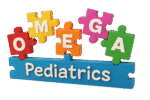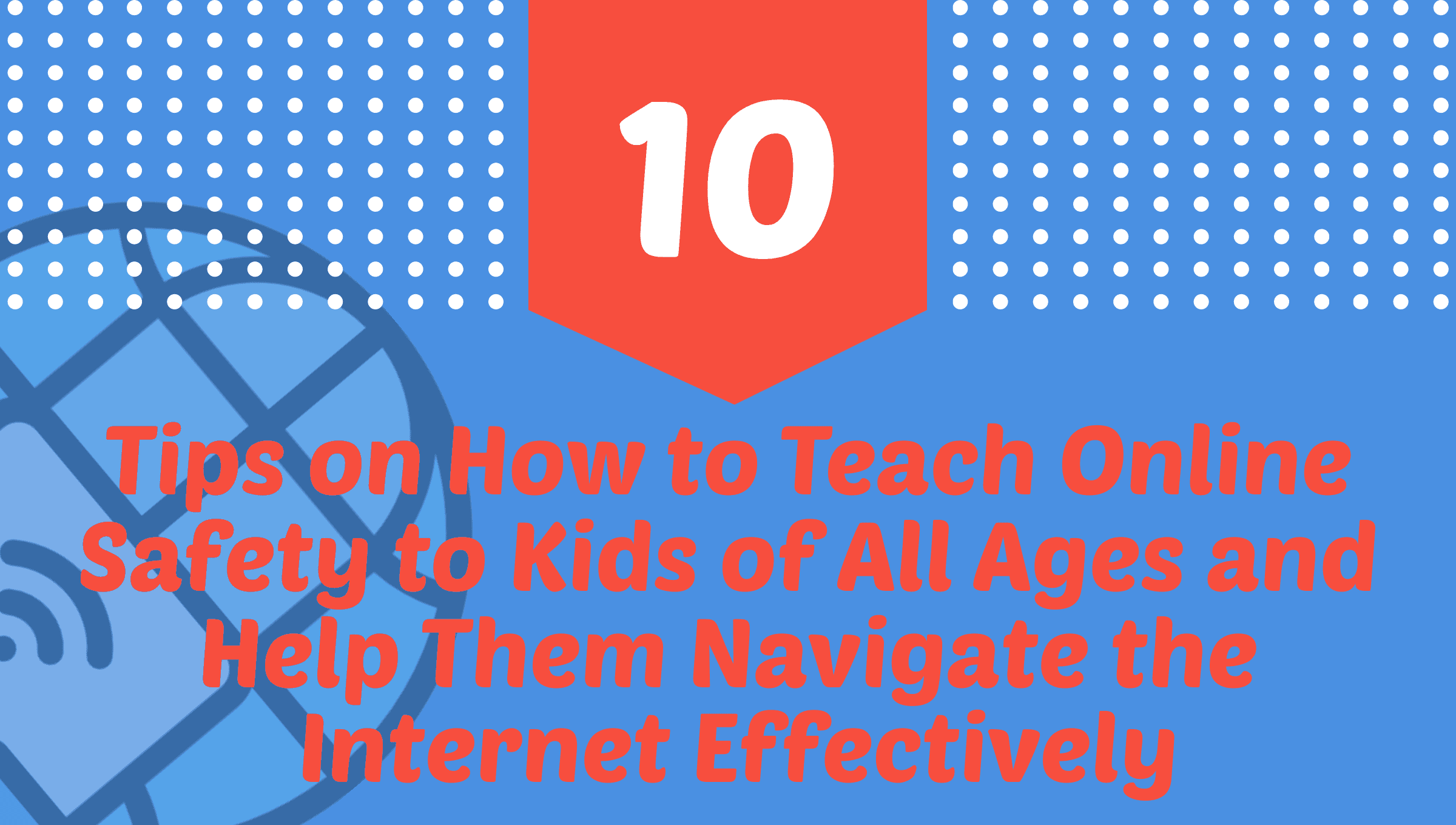
Childhood cancer is a devastating disease that, although relatively rare, affects a significant number of children worldwide. Understanding the likelihood of childhood cancer and the most common types can help raise awareness and promote early detection and treatment. Here is an in-depth look at childhood cancer and its common types:
The likelihood of childhood cancer:
Childhood cancer is considered rare, with approximately 1 in 285 children in the United States diagnosed with cancer before the age of 20. While the incidence of childhood cancer is lower compared to adult cancer, it remains a significant health concern. Fortunately, advancements in medical research and treatment have led to improved survival rates for many childhood cancer cases.
Common types of childhood cancer:
- Leukemia: Leukemia is the most common type of childhood cancer, accounting for approximately one-third of all childhood cancer cases. It is a cancer of the blood and bone marrow, where abnormal white blood cells multiply and interfere with the body’s ability to fight infections. The two main types of leukemia seen in children are acute lymphoblastic leukemia (ALL) and acute myeloid leukemia (AML).
- Brain tumors: Brain tumors can occur in children of any age and are the second most common type of childhood cancer. They can cause a variety of symptoms depending on their location, such as headaches, vomiting, seizures, and vision problems. Brain tumors in children can be both benign (noncancerous) and malignant (cancerous).
- Lymphoma: Lymphoma is a cancer that affects the lymphatic system, which is responsible for fighting infections in the body. The two main types of lymphoma seen in children are Hodgkin lymphoma and non-Hodgkin lymphoma. These cancers arise from abnormal growth of lymphocytes, a type of white blood cell.
- Neuroblastoma: Neuroblastoma is a cancer that typically develops in nerve cells and can occur anywhere in the body. It most commonly affects children under the age of 5. Neuroblastoma arises from embryonic nerve cells and usually originates in the adrenal glands (located on top of the kidneys) or in nerve tissue along the spine, chest, abdomen, or pelvis.
- Wilms tumor: Wilms tumor, also known as nephroblastoma, is a type of kidney cancer that primarily affects young children, typically between the ages of 3 and 4. It originates in the kidney and is usually detected as a firm mass or swelling in the abdomen.
These common types of childhood cancer highlight the diverse nature of the disease and the importance of early detection and appropriate treatment. It is essential for parents, caregivers, and healthcare providers to be vigilant in recognizing potential signs and symptoms of childhood cancer and seeking prompt medical attention for further evaluation and diagnosis.
While childhood cancer remains a significant health challenge, ongoing research, advancements in treatment modalities, and increased awareness contribute to improved outcomes and a better quality of life for children affected by cancer. Supporting pediatric cancer research and organizations dedicated to helping children with cancer is crucial in advancing treatment options and ultimately finding a cure.
Advances in Childhood Cancer Research
Medical advancements and ongoing research have played a pivotal role in improving outcomes for children with cancer. Scientific breakthroughs have led to innovative treatment modalities, targeted therapies, and a deeper understanding of the genetic basis of childhood cancers. The following developments underscore the progress in the field:
Precision Medicine: Tailoring Treatment for Individual Cases
Precision medicine has emerged as a promising approach in the treatment of childhood cancer. By analyzing the specific genetic and molecular characteristics of a child’s cancer, healthcare providers can tailor therapies to target the unique aspects of the disease. This personalized approach not only enhances treatment efficacy but also minimizes potential side effects, optimizing the overall quality of care.
Immunotherapy: Harnessing the Power of the Immune System
Immunotherapy has shown remarkable success in treating certain types of childhood cancer. This innovative approach harnesses the body’s immune system to target and destroy cancer cells. Immunotherapeutic agents, such as monoclonal antibodies and immune checkpoint inhibitors, have demonstrated efficacy in specific pediatric cancers, providing new hope for improved outcomes.
Targeted Therapies: Precision Strikes Against Cancer Cells
Targeted therapies focus on specific molecules or pathways involved in the growth and survival of cancer cells. In childhood cancer, targeted therapies have shown promise in cases where traditional treatments may have limitations. These therapies aim to disrupt the mechanisms driving cancer growth while sparing healthy cells, reducing the risk of adverse effects associated with conventional treatments.
Challenges in Diagnosis and Treatment
Despite the progress in childhood cancer research, several challenges persist in the diagnosis and treatment of pediatric malignancies. These challenges highlight the ongoing need for increased awareness, funding, and collaboration within the medical community.
Early Detection: The Key to Improved Outcomes
Early detection remains a crucial factor in enhancing the prognosis of childhood cancer. However, the diverse and often nonspecific symptoms associated with pediatric cancers can make early diagnosis challenging. Increased awareness among parents, caregivers, and healthcare professionals is essential to recognize potential signs promptly, leading to timely intervention and improved treatment success.
Survivorship Issues: Addressing Long-Term Effects
Survivorship is a critical aspect of childhood cancer care. While advancements have significantly increased survival rates, survivors may face long-term physical, emotional, and cognitive effects due to the intensity of cancer treatments. Research focusing on mitigating these effects and improving the overall quality of life for childhood cancer survivors is imperative.
Access to Innovative Therapies: Bridging Gaps in Healthcare
Ensuring widespread access to cutting-edge therapies is a persistent challenge in pediatric oncology. Disparities in healthcare access, economic factors, and geographic limitations can hinder a child’s ability to receive the most advanced and effective treatments. Efforts to address these disparities are essential to provide equitable care for all children affected by cancer.
The Role of Advocacy and Support
Advocacy and support from various stakeholders, including families, communities, and policymakers, play a crucial role in the fight against childhood cancer. These efforts contribute to raising awareness, funding research initiatives, and improving the overall experience for children undergoing cancer treatment.
Family and Community Support: A Pillar of Strength
Families facing childhood cancer navigate a challenging journey, and robust support systems are essential. Peer support, counseling services, and community organizations dedicated to pediatric cancer play a vital role in providing emotional and practical assistance to affected families. Strengthening these support networks is integral to enhancing the well-being of both children and their families.
Research Funding: A Lifeline for Progress
Investment in pediatric cancer research is fundamental to advancing our understanding of the disease and developing more effective treatments. Governments, private foundations, and philanthropic initiatives that allocate resources to pediatric oncology research contribute significantly to the ongoing strides in the field. Continued advocacy for increased research funding is essential to accelerate progress and improve outcomes for children with cancer.
Empowering the Future: A Call to Action
The ongoing strides in childhood cancer research and treatment represent a beacon of hope for affected children and their families. However, as we celebrate progress, it is crucial to recognize that much work remains to be done. Empowering the future requires a collective and sustained commitment to several key areas.
Education and Awareness: Bridging Gaps in Knowledge
Education and awareness initiatives are paramount in ensuring that parents, caregivers, and healthcare professionals are equipped to recognize the signs of childhood cancer promptly. Disseminating information about the diverse symptoms associated with pediatric malignancies can empower communities to advocate for early intervention, ultimately improving prognosis and treatment outcomes.
Global Collaboration: Breaking Down Borders
Childhood cancer knows no boundaries, and global collaboration is essential in advancing research and treatment options. Sharing insights, data, and resources on an international scale can expedite the development of innovative therapies and enhance our understanding of the diverse factors influencing childhood cancer incidence and outcomes.
Continued Research: Unraveling Complexities
The complexities of childhood cancer demand ongoing research efforts. Continued investment in studying the genetic, molecular, and environmental factors contributing to pediatric malignancies will pave the way for breakthroughs in treatment and prevention. Researchers, healthcare providers, and policymakers must work hand in hand to prioritize and fund initiatives that push the boundaries of our current knowledge.
Conclusion: A Unified Front Against Childhood Cancer
In conclusion, the battle against childhood cancer requires a unified front, bringing together individuals, communities, healthcare professionals, researchers, and policymakers. As we navigate the challenges and celebrate the successes in the realm of pediatric oncology, it is crucial to foster a sense of urgency and responsibility. Every child deserves the chance for a healthy future, unburdened by the devastating effects of cancer.
While we have made remarkable progress in understanding and treating childhood cancer, we must remain vigilant in addressing the challenges that persist—early detection, survivorship issues, and equitable access to cutting-edge therapies. Advocacy and support from all corners of society are integral in shaping a landscape where no child has to face the hardships of cancer alone.
As we look to the future, let us stand united in our commitment to advancing research, improving access to care, and providing unwavering support to the brave children and families confronting the harsh realities of childhood cancer. Through collective action and a shared determination, we can continue to make strides toward a world where childhood cancer is not only treatable but ultimately preventable.



